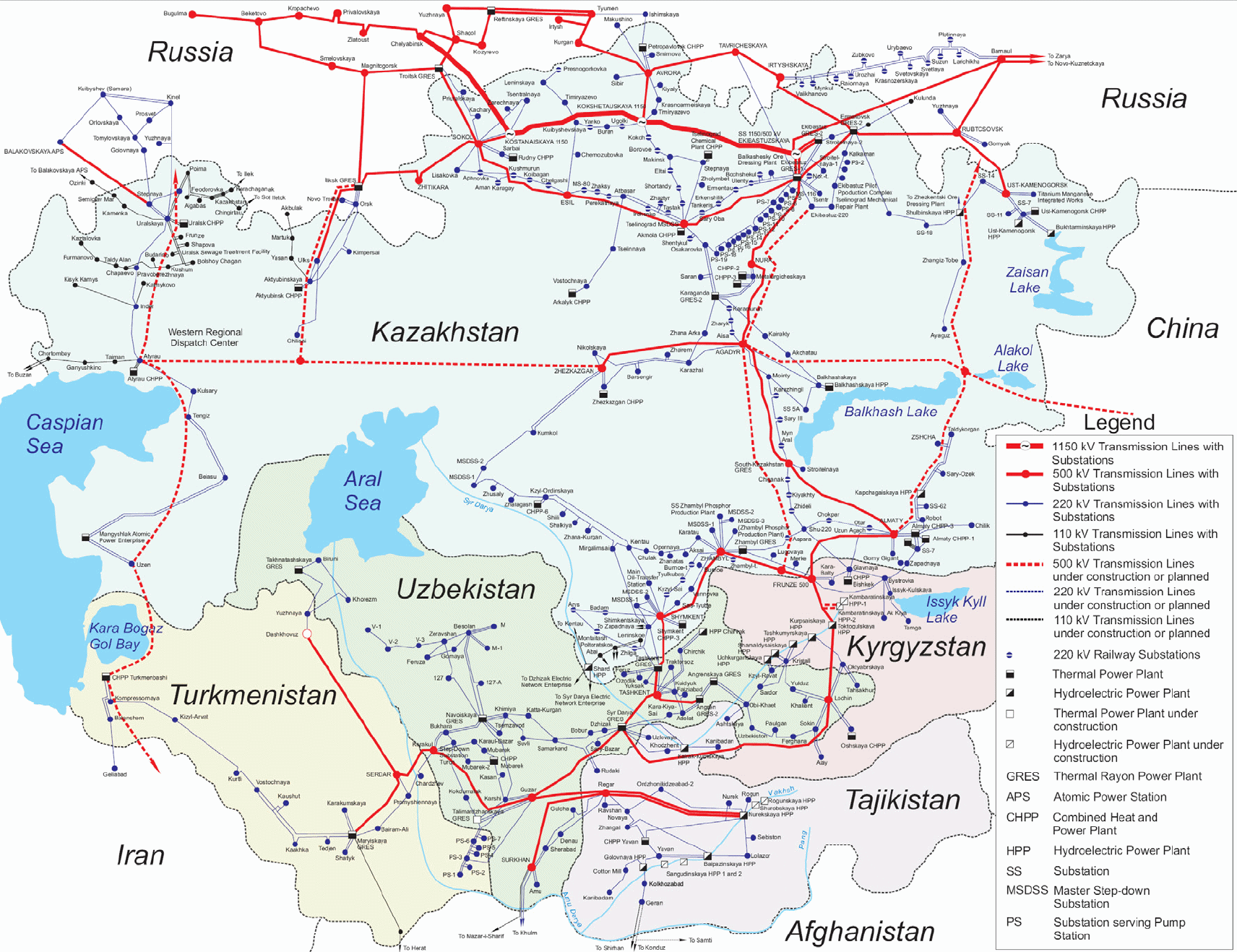While Russia is being engulfed by wildfires, Asia has to struggle with massive flooding. Afghanistan, Pakistan and China are indeed hit, to various degrees, by destructive floods resulting from important rainfall. In China, these have been so important that the authorities had to open the Three Gorges dam (which was, quite ironically, constructed to prevent such floods on the Yangtze). In the wake of such extreme and unpredictable climate events, the Chinese government might be prompted to accelerate its dam construction projects.
Dams and hydro-power plants have numerous advantages for China. They make it possible to regulate the course of important rivers to prevent or reduce flooding, while producing China's much needed energy with few pollution or greenhouse gas emission. The People's Republic of China (PRC) has launched numerous construction projects, which already triggered conflicts with neighboring states. In particular, Chinese interference with the Mekong's natural course has angered southeastern Asian states and populations, deprived of the waters and fishes they need for their living. Recently, Chinese engineers started considering building a dam on the Brahmaputra river in Tibet, which is causing unrest in India and Bangladesh.
From black to blue gold: prospect for the development of hydraulic power in Central Asia
Central Asia's fossil fuel deposits were already known to attract Chinese attention, but less was known about the PRC's interests for the region's hydro-electric potential. China has indeed demonstrated its will to get involved in several projects in this domain, preferably where few or no Russian companies are present in order not to alienate Moscow.
Chinese eagerness to import hydro-generated electricity couldn't come better for the region's two main potential producers, Kyrgyzstan and Tajikistan, whose situation is far from perfect. After the collapse of the USSR, newly-formed states couldn't agree on river management mechanisms, which led to lingering tensions and mistrust for the last 20 years. Furthermore, in spite of their hydroelectric potential, these States have to face widespread power shortages, particularly feared during the region's harsh winters. Besides, poorly maintained and insufficient power lines result in massive energy losses during transfers. The network's configuration, which dates back to the soviet period, also makes distribution harder since several cross-border power grids usually coexist on the territory of one single state. Also, the number of water-powered plants could be far greater than what is currently built. Finally, last but not least, the dams constructed during the soviet period were less oriented towards the production of electricity for the region than the provision of water for cotton cultivation in the lowlands crossed by the Amu-Darya and the Syr-Darya.
Towards an integration of Asian power grids?
In order to break the vicious circle and to become net power exporters, Tajikistan and Kyrgyzstan have to modernize and develop their power grids, as well as to build new power plants. This requires funds that most international donors have so far refused to give, since most important projects were factors of tension with Uzbekistan, that feared new dams would endanger its water supply and lower its leverage on Kyrgyzstan and Tajikistan. China, a neighboring country thirsty for energy, with huge amounts of money to invest and not deterred by the polemic nature of the projects, could not come better for those two States.
In Tajikistan, Chinese-backed projects are concentrated on the Zerafshan river. The Chinese Development Bank offered an important loan for the construction by SinHydro of a power plant in Yavan. In parallel, China has shown interest for the construction of a north-south high-voltage power line unifying Tajikistan's power grid and allowing future energy exports to neighboring countries like Afghanistan, Pakistan and Iran. Finally, China could also take part to the construction of the Rogun I & II power plants on the Vakhsh, which flows into the Amu-Darya.
Kyrgyzstan, at least until this year's civil unrest, was on China's top priority list. Indeed, a mere 10% of the country's potential is currently exploited, and it has already demonstrated willingness to collaborate with Beijing. China could thus invest large sums in the construction of the Kambarata I & II power plants on the Naryn (which flows into the Syr Darya) and of power lines stretching from Kyrgyzstan to China, and from then to Pakistan. In exchange, Kyrgyzstan would guarantee a steady power supply to China's far-western region of Sin Kiang. Finally, other options are being studied for building dams on rivers flowing from the Tian Shan mountains to China, which would besides reduce the cost of exploitation of mines located not far from there.
China is moving forward in Central Asia, in the energy sector as well as in other areas, progressively supplanting the Russian ally, who cannot compete with Beijing when it comes to economy. Increased Chinese presence could have positive consequences, should Beijing choose to buy power from Tajikistan and Kyrgyzstan in summer. This would allow these two countries to release waters to be used by Uzbekistan's agriculture, easing the tensions with the latter's, while accumulating hard currency to be later used to buy energy during winter. However, should China buy energy in winter, this would likely increase border tensions with Uzbekistan. And the way China has so far managed cross-border water issues does not encourage to think that Beijing will seek a consensus...
Map of the Central Asian power grid.
Credits: www.geni.org

